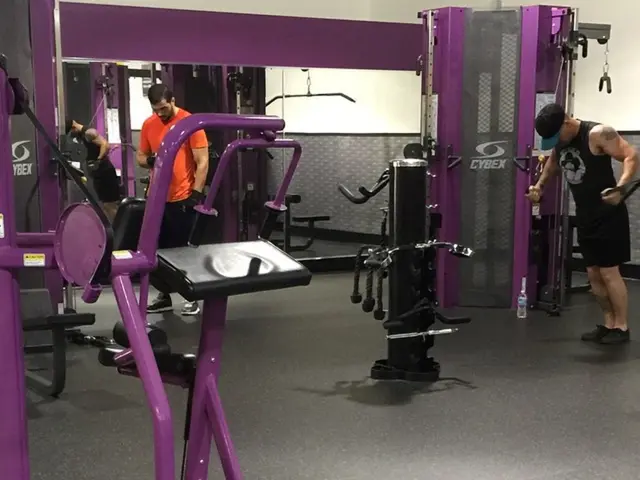Child Tumbled off Bed, Head Injury Indicators
In the world of parenting, one of the most common concerns is the safety of our little ones. Falls are one of the leading causes of nonfatal injuries in kids, and it's crucial to be aware of the risks and how to prevent them.
Firstly, keeping cribs and other furniture away from windows can help prevent window falls. Similarly, unsupervised play on high porches, decks, stairs, or balconies should be avoided at all costs. Instead, place car seats or bouncy seats on the floor to ensure safety.
The resilience of a baby's skull might make us think that they can withstand a fall without injury. However, it's important to take a deep breath and assess the situation before rushing to the pediatrician. If a baby shows obvious signs of trauma after a fall, such as persistent crying, changes in sleeping patterns, vomiting, or visible bruising, an immediate call to 911 for emergency help is warranted.
However, in some cases, babies may just need a little time and observation before deciding on medical attention. If a baby is having a seizure after a fall, gently roll them to their side before calling your local emergency number or 911.
It's also essential to secure TVs and furniture to the wall using mounts, brackets, braces, anchors, or wall straps to prevent tip-overs. A baby should not be left unattended on adult beds or other elevated surfaces.
When it comes to walkers, it's best to use a stationary activity center instead. Walkers can tip or fall down stairs, posing a significant risk to your baby.
Dr. Laura O'Connor, a pediatrician, advises that babies may need emergency medical attention after falling, but unnecessary stress from an ER visit can be avoided if not needed. Always strap a child in to high chairs, infant carriers, swings, and strollers and supervise them.
In summary, vigilant observation is necessary after a baby hits their head, with urgent care needed for signs of serious brain injury or skull fracture. Signs of trauma that warrant an immediate call to 911 include loss of consciousness, severe headache, inability to be awakened, seizures, difficulty breathing, weakness or paralysis, and inability to move arms or legs.
Remember, babies' skulls are very resilient, but it's important not to brush off signs of a serious injury after a fall. By following these guidelines, we can help ensure our babies stay safe and sound.
References: [1] Mayo Clinic. (2021). Head injury in children. https://www.mayoclinic.org/diseases-conditions/head-injury/symptoms-causes/syc-20355265 [2] KidsHealth. (2021). Head Injury. https://kidshealth.org/en/parents/head-injury.html [3] National Library of Medicine. (2021). Head Injuries in Children. https://medlineplus.gov/ency/article/000044.htm [5] American Academy of Pediatrics. (2021). Head Injury. https://www.healthychildren.org/English/safety-prevention/at-home/Pages/Head-Injury.aspx
- In the realm of family health and wellness, it’s pivotal to be aware that unsecured televisions and furniture can pose a risk of tip-overs, which can lead to accidents.
- Mental health plays a significant role in parenting, and it’s crucial to address concerns about a baby’s safety after a fall, such as persistent crying, changes in sleeping patterns, or visible bruising, with appropriate action, including potentially seeking immediate help from emergency services.
- Strengthening our vigilance on maintaining a safe environment for children, including avoiding high places and using stationary activity centers instead of walkers, can contribute positively to their overall health and well-being.




